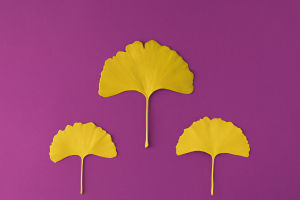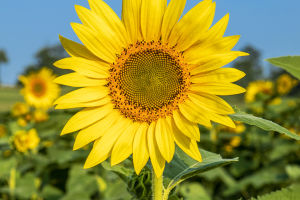Money Tree Unveiled
The concept of a "money tree" might conjure images of a mythical plant bearing coins instead of leaves. However, the money tree, or Pachira Aquatica, is a real plant that has come to symbolize wealth and good fortune.
You will explore the fascinating world of the money tree, from its history and symbolism to practical care tips, ensuring your money tree thrives and brings a touch of prosperity to your home.
Part 1: History and Symbolism
The money tree has a rich history steeped in tradition and folklore. It is believed that a poor farmer in Taiwan, China, discovered the plant and viewed it as a symbol of good luck and fortune. The farmer shared his discovery, and the popularity of the money tree spread, particularly in East Asian cultures, where it is often associated with wealth and prosperity.
Part 2: Plant Anatomy and Growth Conditions
Understanding the money tree's anatomy and optimal growth conditions is essential for ensuring its health and longevity. The money tree typically has a broad, green, shiny leaf structure and can grow up to 60 feet in its natural habitat, although it remains much smaller when kept as a houseplant.
Light and Temperature: Money trees prefer bright, indirect light but can tolerate lower light conditions. You should avoid it in direct sunlight as it will scorch the leaves. The ideal temperature range is between 18-24°C, making it suitable for indoor places.
Watering and Humidity: Consistent moisture is key. You should keep the soil moist but not too much water, as overwatering can cause its roots to rot. A well-draining pot and soil mixture are recommended. Money trees also prefer higher humidity, which can be achieved by spraying the leaves with water or using a humidity disc.
Soil and Fertilization: A well-draining soil mix, ideally one designed for cacti or succulents, is ideal. Fertilize the plant every two to four weeks during the growing season (spring and summer) with a balanced, water-soluble fertilizer.
Part 3: Common Care Pitfalls
Despite the money tree's relatively low maintenance, several common pitfalls can hinder its growth and vitality. Overwatering is one of the most frequent issues, often causing the roots to rot. It is crucial to allow the top inch of soil to dry out between waterings. Conversely, insufficient watering can cause the leaves to wilt and fall, and various pests can also pose a threat to it. Regular inspection and prompt treatment with insecticidal soap or neem oil can help keep these pests at bay. Additionally, avoid placing the money tree in drafty areas or near heating/cooling vents, as sudden temperature changes can stress the plant.
The money tree is more than just a decorative houseplant; it is a symbol of hope, prosperity, and positive energy. By understanding its history, anatomy, and care requirements, you can cultivate a thriving money tree that not only enhances your living space but also serves as a daily reminder of good fortune and abundance. Whether you are a seasoned plant enthusiast or a novice, the money tree offers a rewarding and meaningful addition to any home or office. So, nurture your money tree with love and care, and may it bring you all the wealth and luck it symbolizes.


